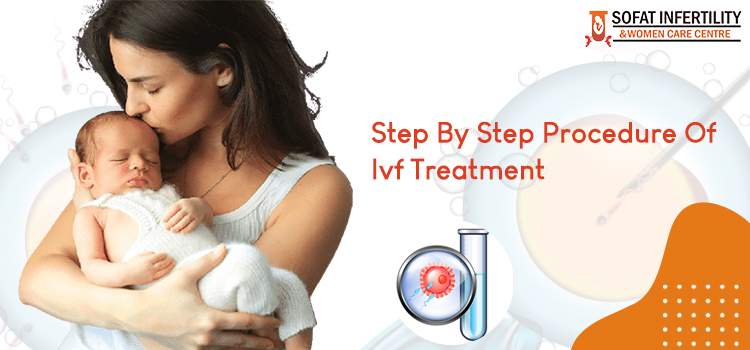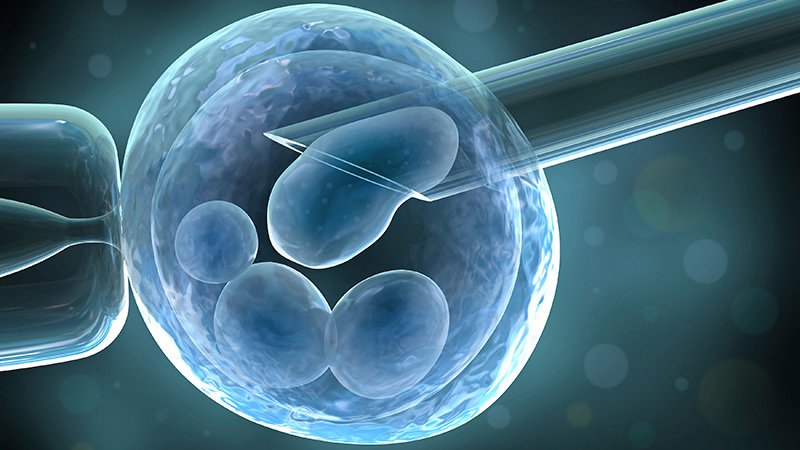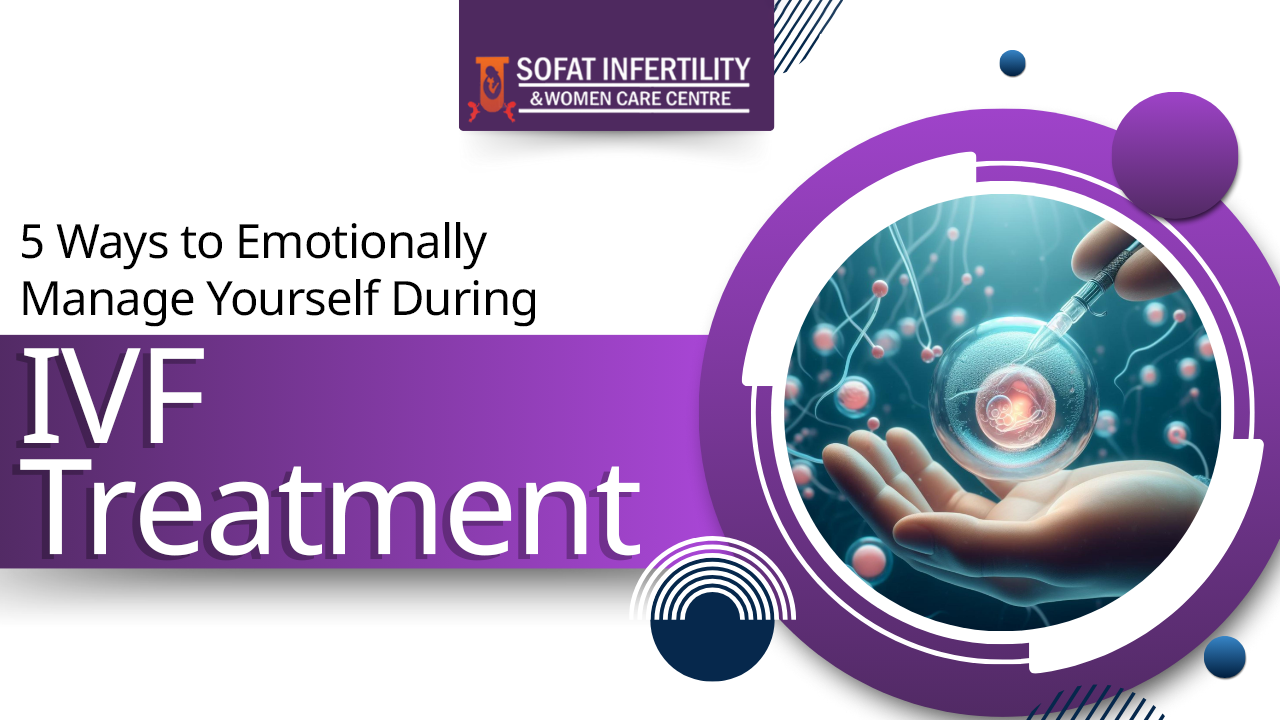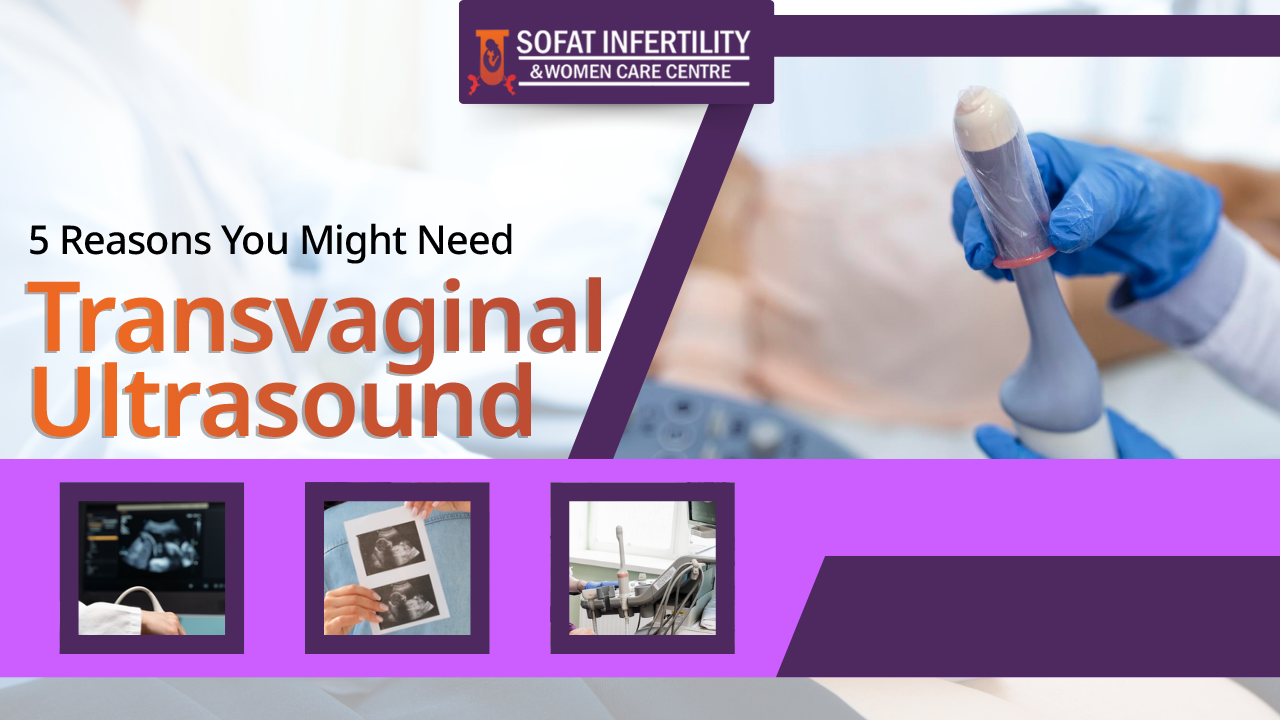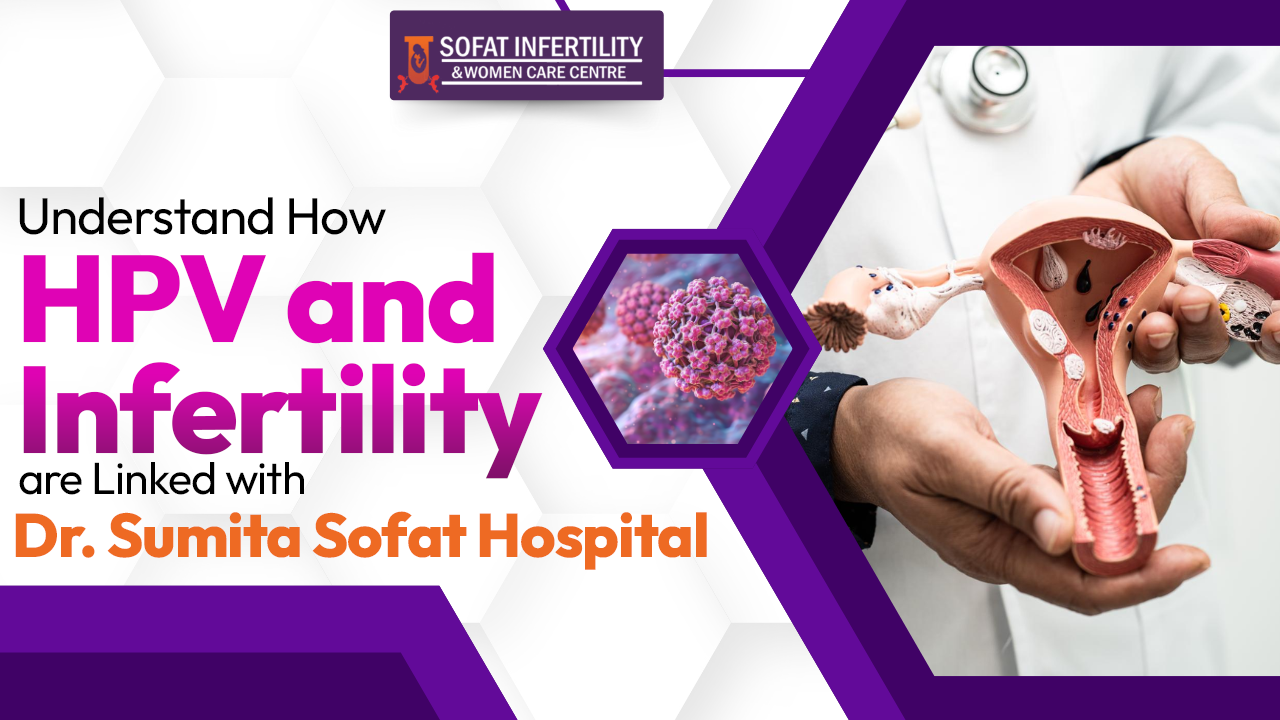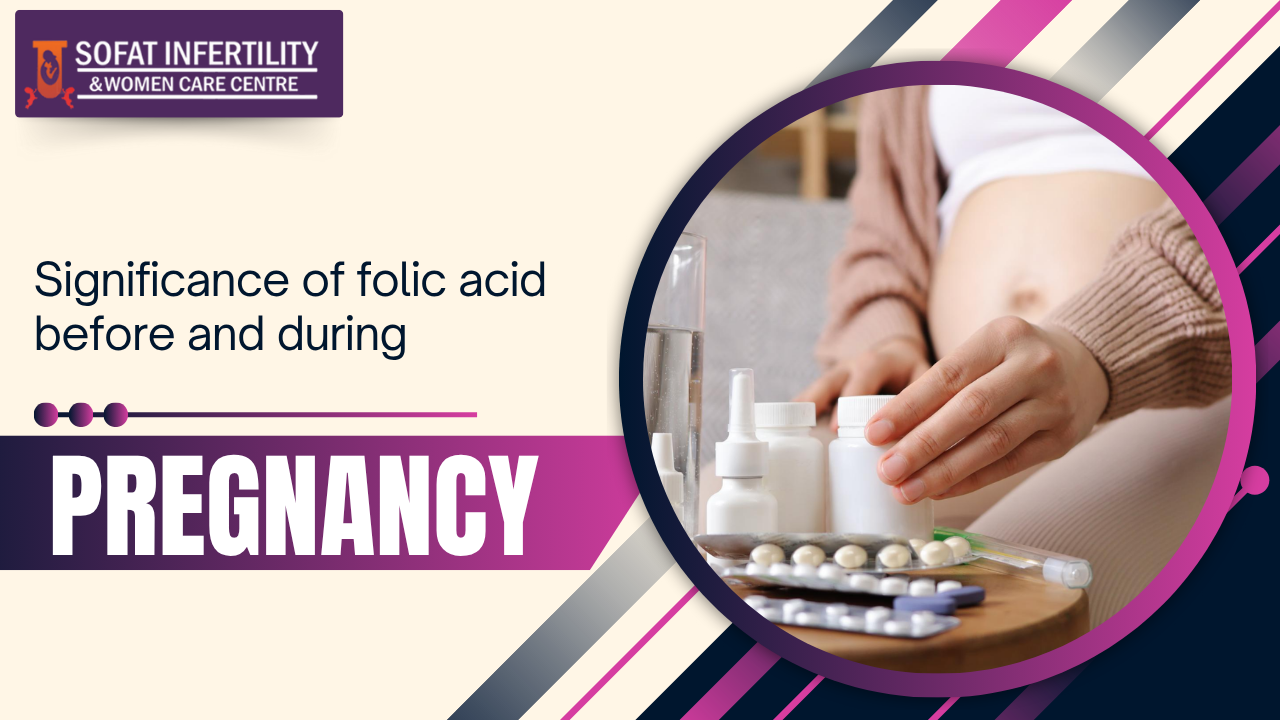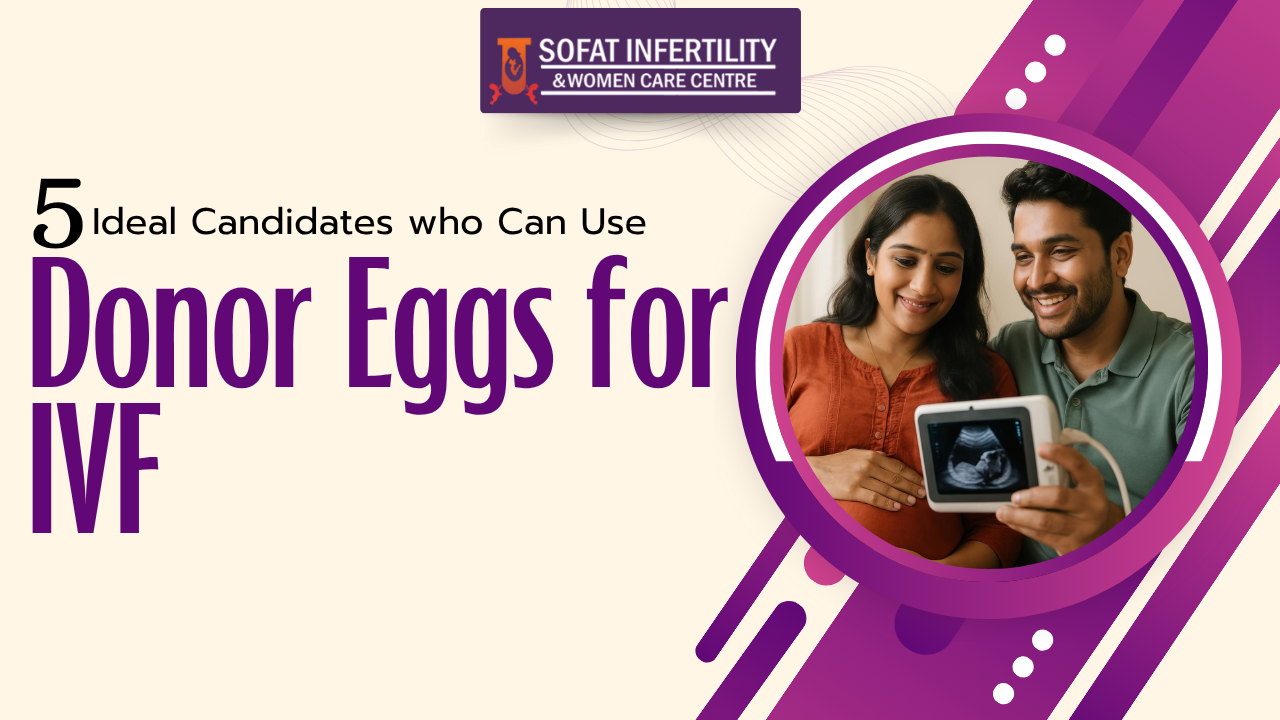![]()
What Is A Test Tube Baby?
The term test tube baby implies conceiving a child outside of the woman’s body in the initial stages. To give it a more technical explanation, a test tube baby is basically a way of conceiving a child with the help of laboratory fertilization. The doctor conducts this under the supervision of a scientific procedure known as In-vitro fertilization in an IVF Centre in Punjab. The word test tube also makes so much sense as the fertilization of sperms and the eggs that the doctor retrieves from the couple is done on the petri dish in the laboratory.
In short, a test-tube baby is an oversimplified term that people use to describe a child born through IVF. This is the reason why there is actually no difference between the terms.
Process Of Test Tube Baby Step By Step
Let us now move towards the process of IVF treatment to have a better understanding of the whole process. There have been numerous changes and modifications to the IVF treatment, which changes the IVF Test Tube cost in Punjab, but each technique’s core procedure remains the same.
Step 1: stimulation of eggs through hormonal therapy
Before the doctor begins the procedure of egg retrieval from the woman’s body. They prescribe the patient hormonal therapy through injections such as GnRHA and gonadotropins. This helps promote the synchronous growth and the maturation of the follicles inside the ovaries.
Step 2: egg retrieval from ovaries
The second stage of IVF treatment is egg retrieval. Right after the stimulation of eggs in the ovaries, the doctor then collects an adequate amount of healthy eggs from the ovaries of the women. The doctor conducts this process by giving the patient mild sedation or anesthesia so that the woman would not feel any pain during the procedure. The doctor uses a vaginal ultrasound probe that is attached with a fine hollow needle to retrieve the eggs from the woman’s ovaries. After that, the specialist keeps those samples in the laboratory.
Step 3: mixing sperm and the egg in the petri dish
The 3rd step is the beginning of fertilization. The doctor retrieves the sperm from the male partner and begins the procedure of mixing the sperm with eggs in the petri dish in the laboratory for fertilization. The doctor keeps in close observation to monitor the growth of the embryo.
Step 4: implantation of the healthy embryo in the womb
The last step in this extensive technique is to implant the healthy fertilized embryo after three t0 five days of fertilization. The doctor injects it in the womb of the woman with the help of an exemplary catheter. After the doctor successfully conducts the last process, the couple waits for the natural process of childbirth.
Advantages Of Undergoing IVF Treatment
- Unexplained infertility
- Blocked fallopian tubes
- Male factor infertility (commonly done together with IntraCytoplasmic Sperm Injection or ICSI)
- Older patients who desire to have a child
- Low ovarian reserve
- Polycystic Ovary Syndrome (PCOS)
- Endometriosis
- Premature Ovarian Failure

